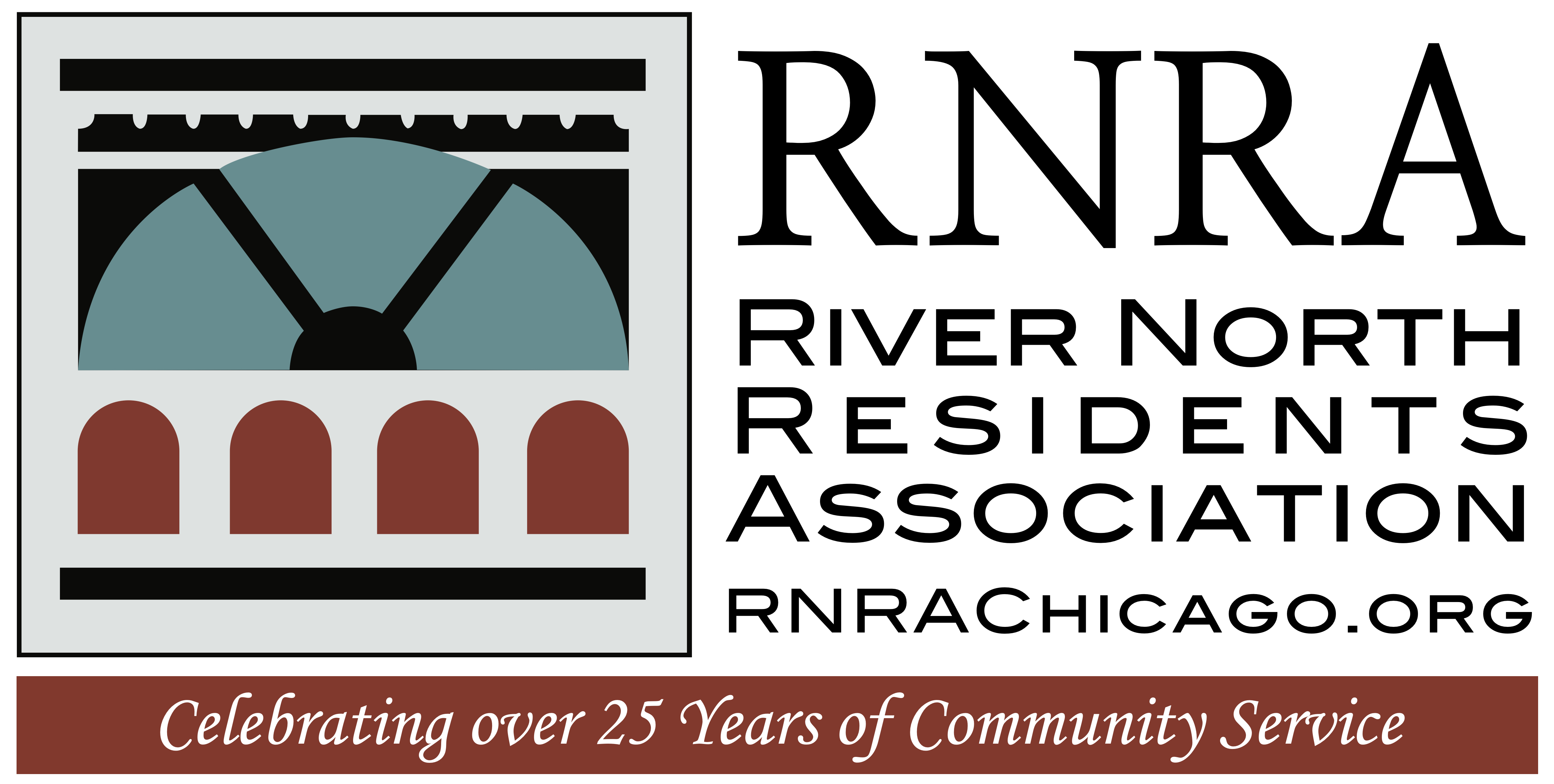
 July 11, 2023
July 11, 2023
Overflow Action Alert issued
More rain is on its way to Chicagoland. Conserve water now to reduce the amount of water in your municipal sewers:
- Delay showers and baths
- Flush less frequently
- Wait to run the dishwasher or washing machine
Flooding and sewer backups can happen for a variety of reasons, ranging from conveyance of water flow in local pipes, the groundwater table, undersized drainage designs and roof loads, and sump pumps attached to house lines. To help prevent flooding inside or around your home, there are actions you and your family can take before and during rainfall. Learn more about how to prepare for stormwater here: https://mwrd.org/flood-prevention-101.
MWRD staff work 24/7 protecting the water environment, mitigating flooding, managing waterway elevations, and keeping operations moving at its seven treatment plants. The MWRD treats an average of 1.47 billion gallons of wastewater per day, but that number can soar above 2 billion with intensive rainstorms. After consecutive days of rain, there is less capacity for the MWRD to hold and treat the additional water. Learn more about Combined Sewer Overflow prevention here: https://mwrd.org/overflow-prevention.
For more information and explanations about how the MWRD’s infrastructure and waterway system operate, visit these links:
Learn about the Tunnel and Reservoir Plan (TARP).
https://mwrd.org/tunnel-and-reservoir-plan-tarp
Understand how the Chicago Area Waterway System works.
https://mwrd.org/chicago-area-waterway-system
We created a booklet about understanding how sewers work – we also have this as a PowerPoint presentation that we can bring to communities and organizations.
https://mwrd.org/understanding-your-sewer
We offer a live virtual tour once a month, there is a recorded tour, plus we give thousands of people locally and from around the world tours of our facilities, including the TARP pumping stations and reservoir.


